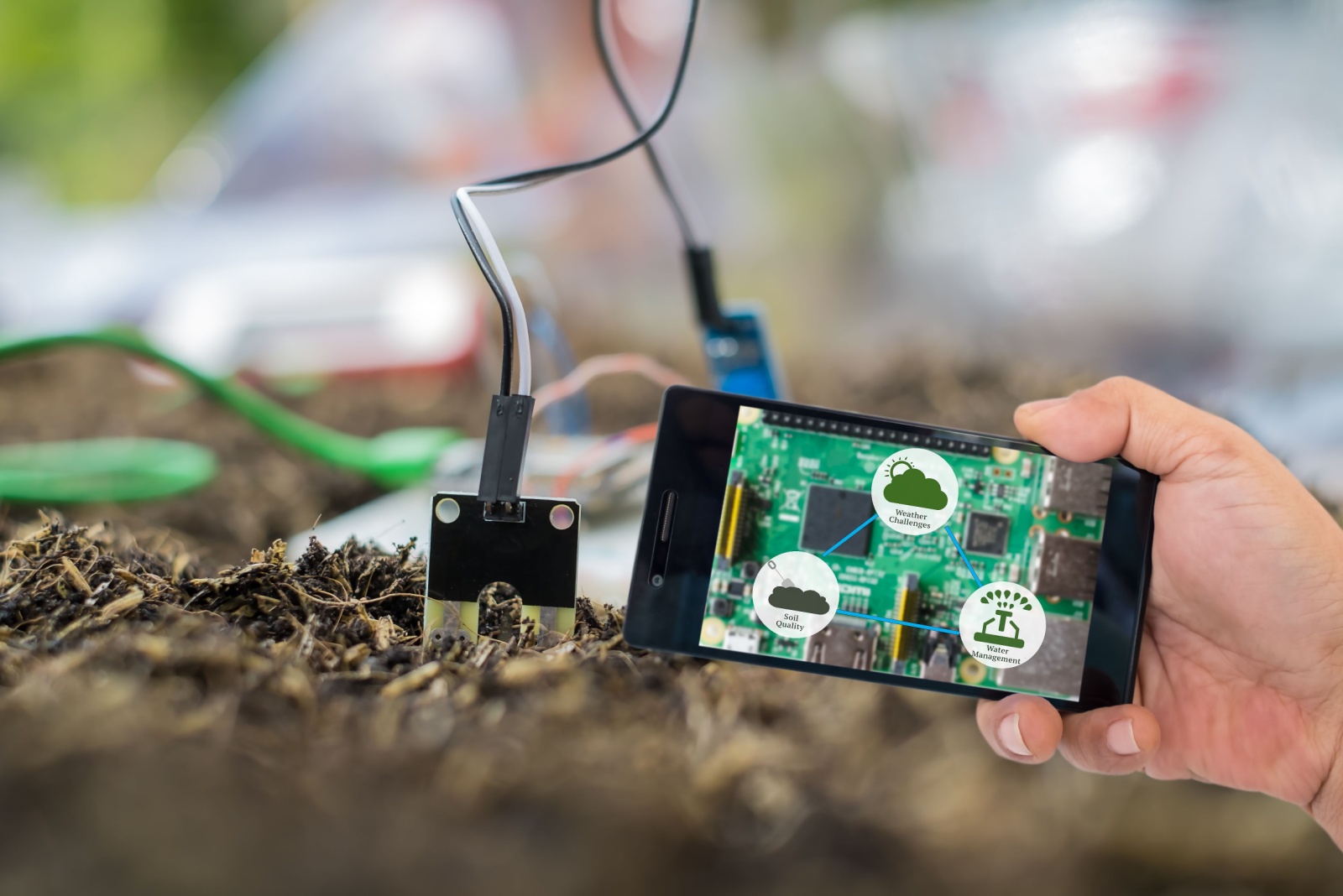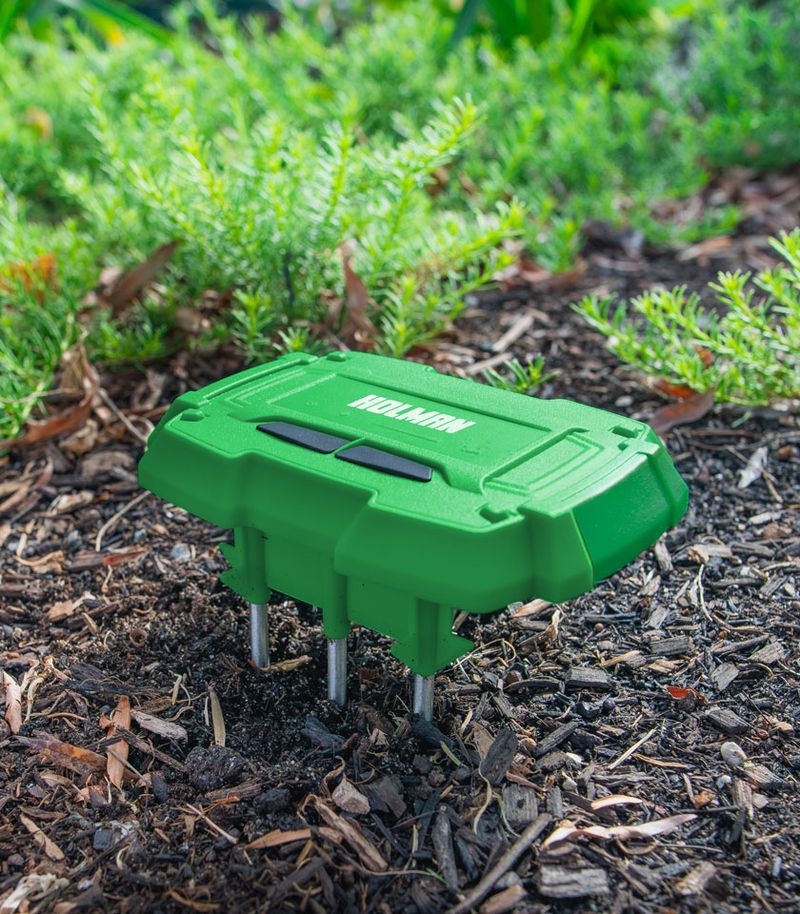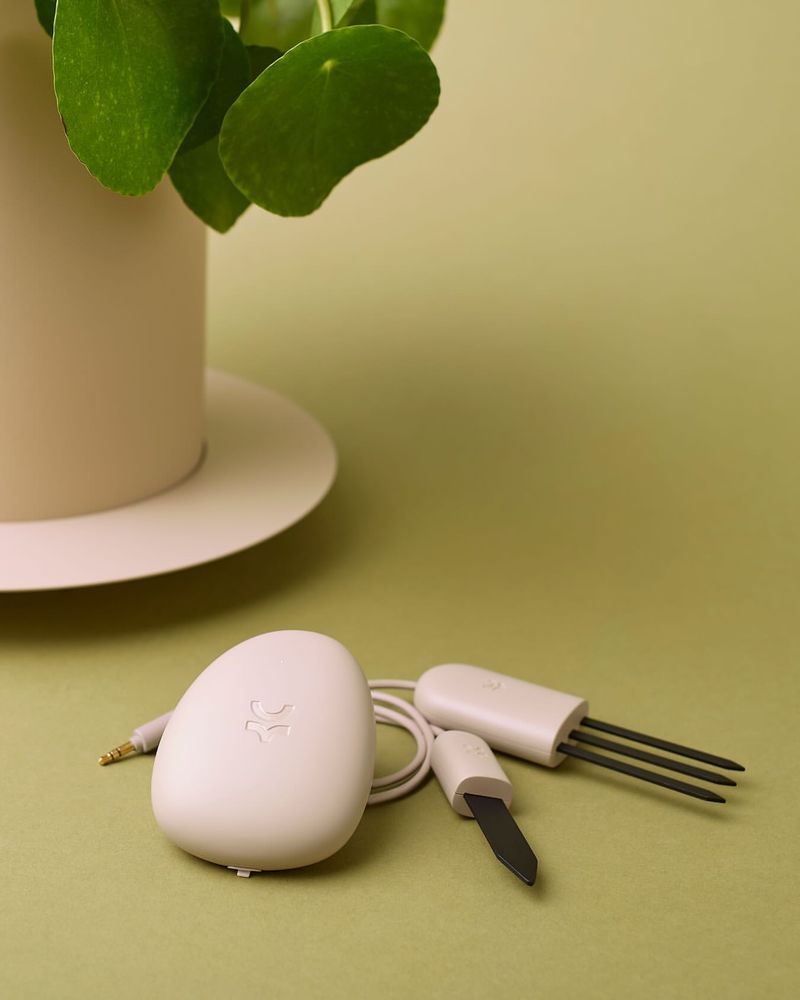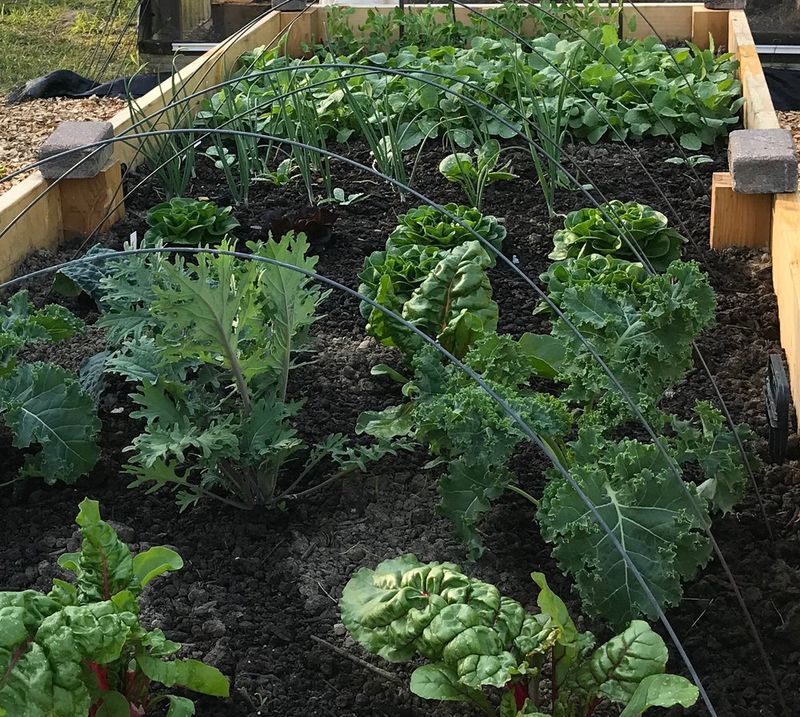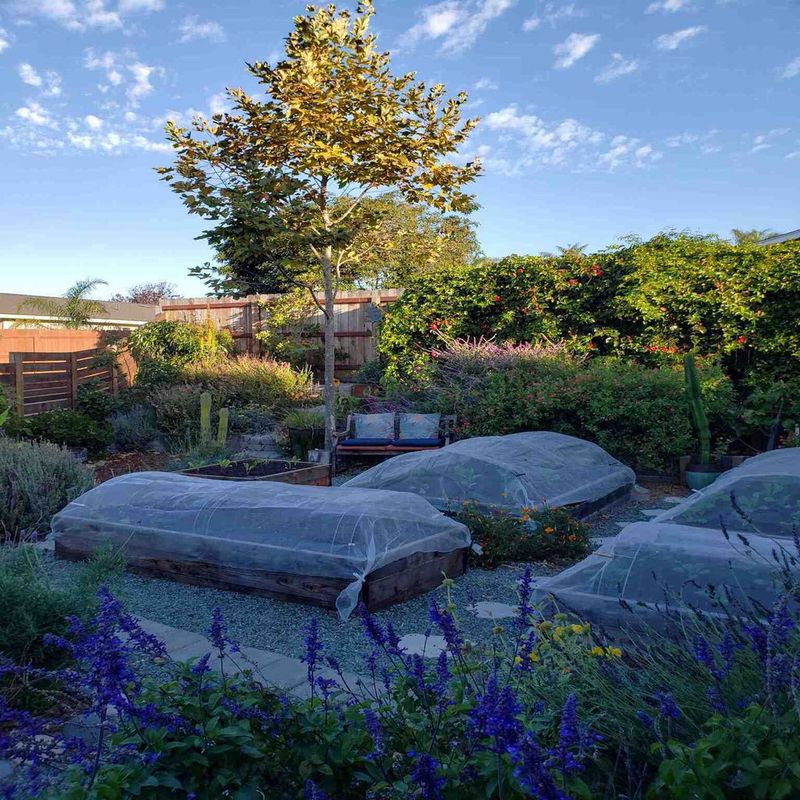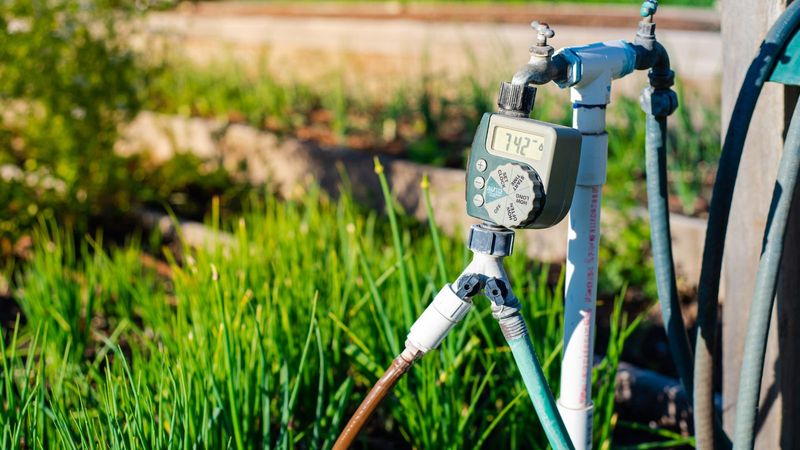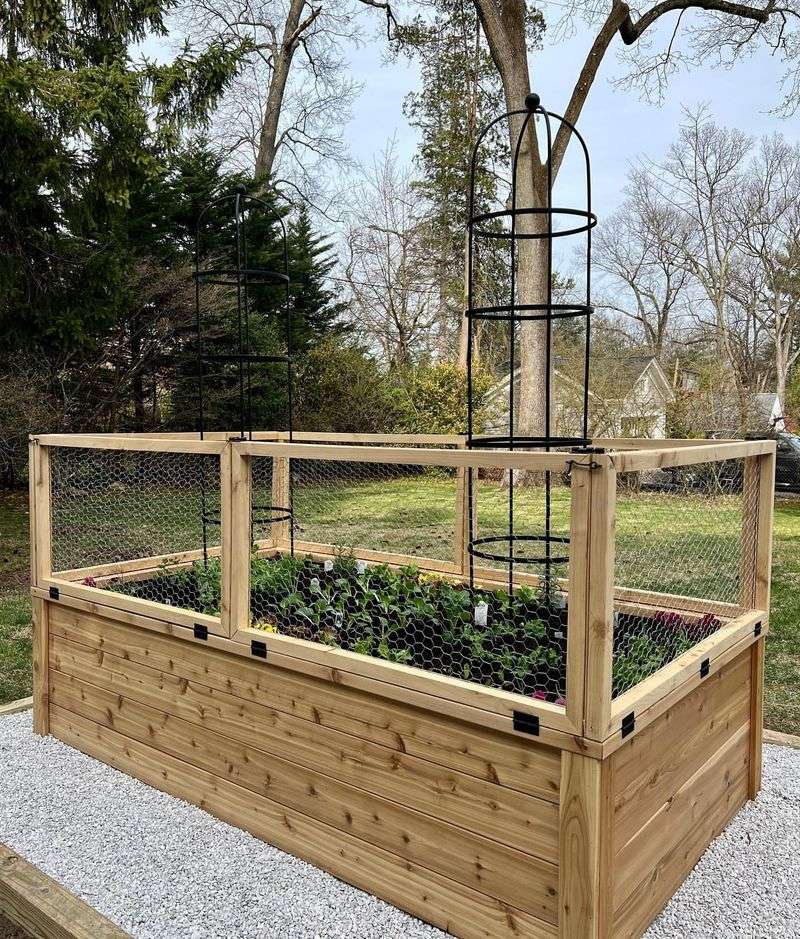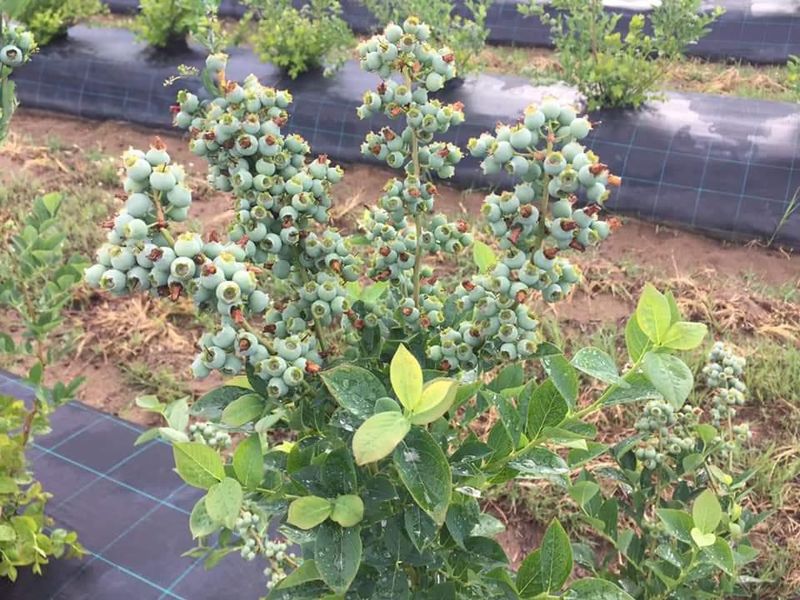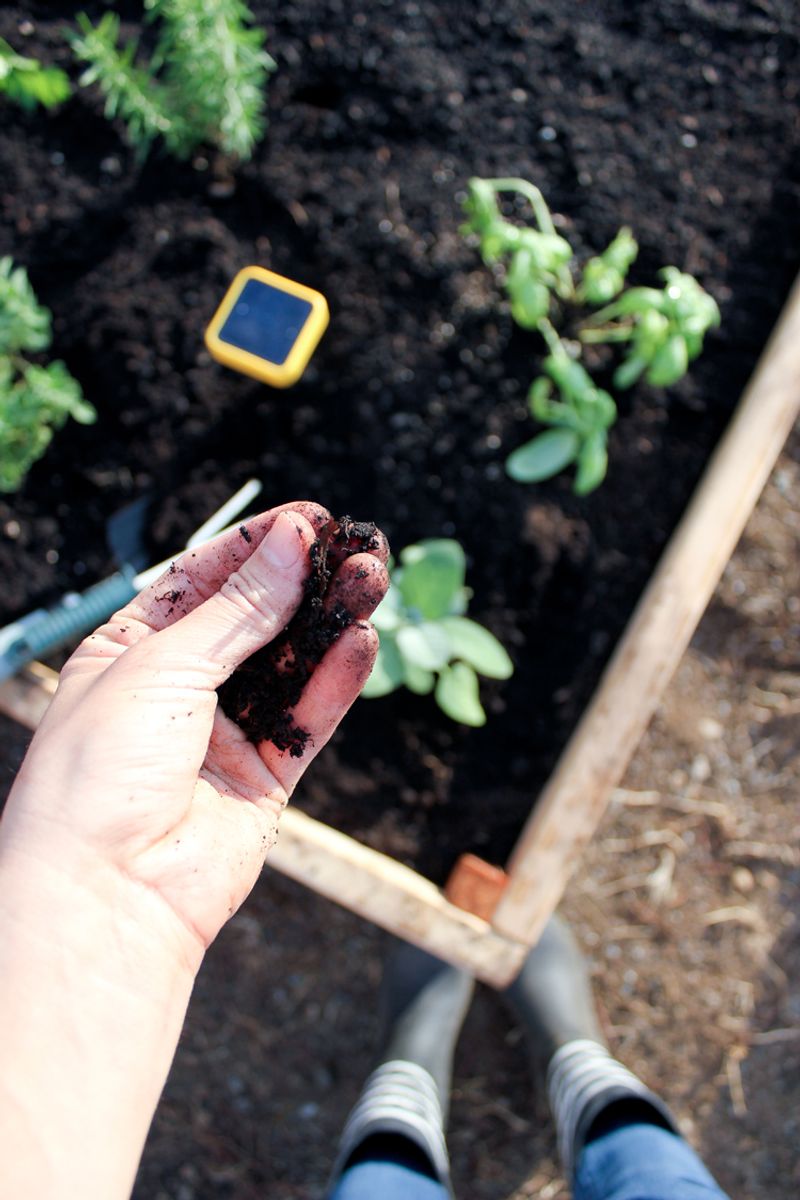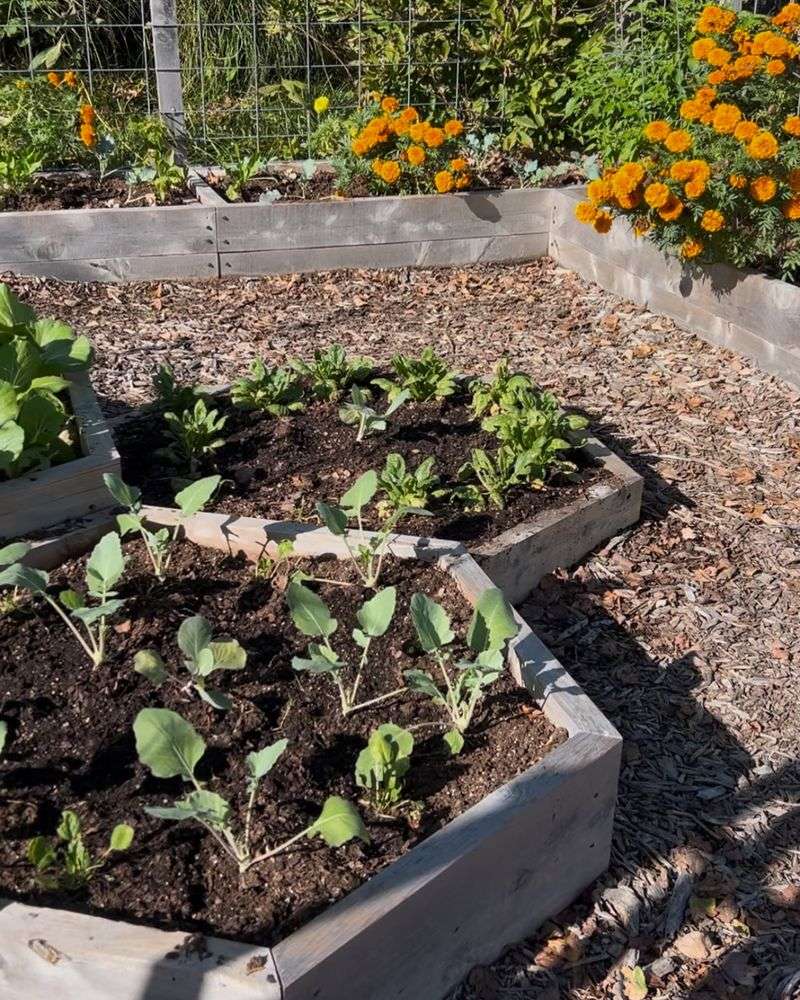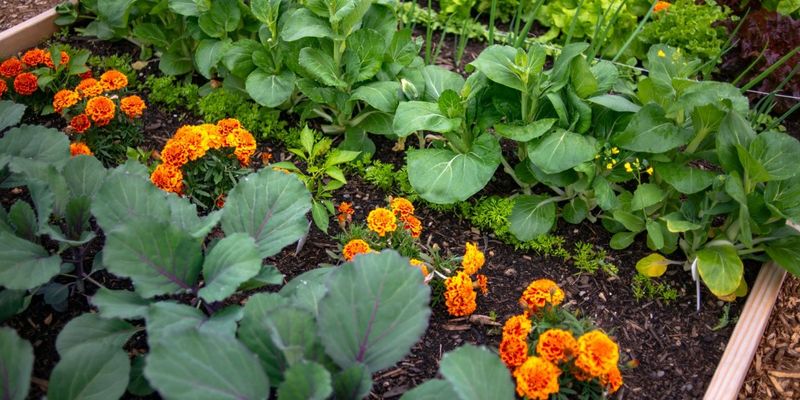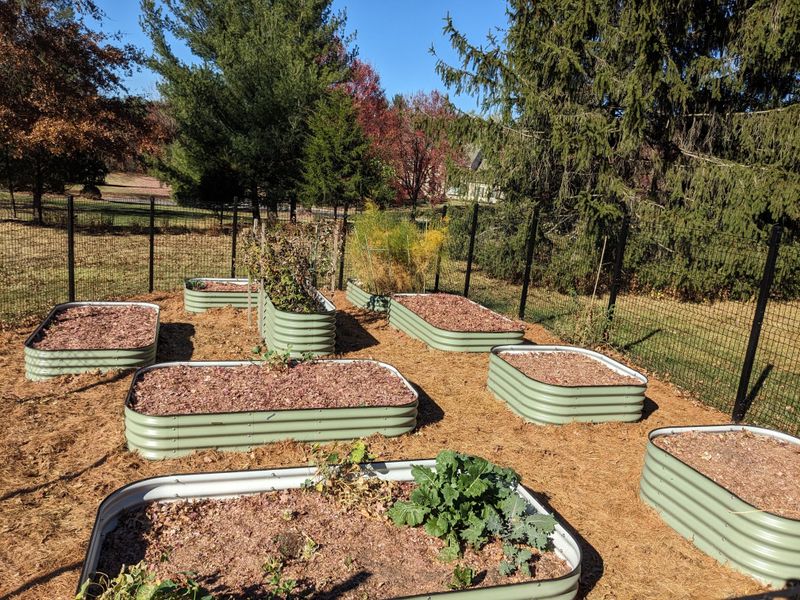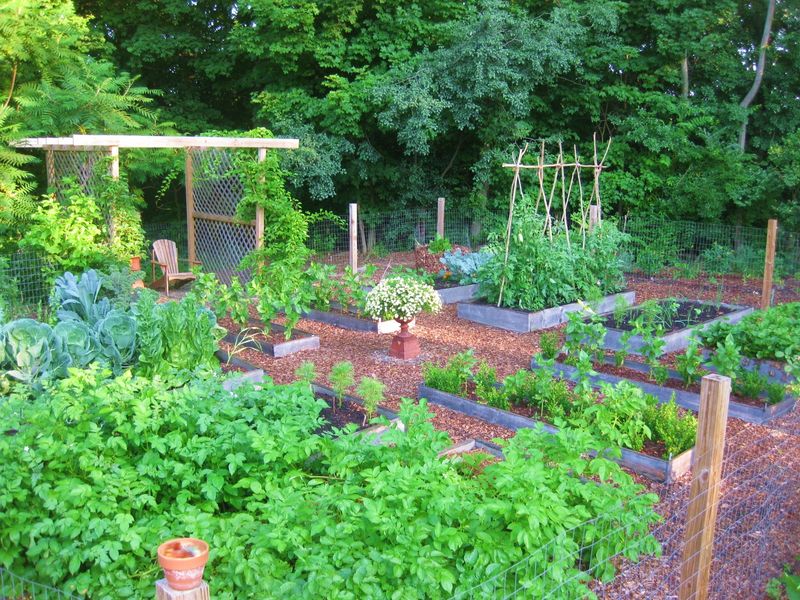Boston gardeners know the struggle—short growing seasons and unpredictable New England weather can make planning tough. Raised beds help by warming up early in spring, giving us a head start. But now, smart soil sensors are changing the game entirely.
These tiny tools offer real-time insights into moisture and soil conditions, helping us respond with precision. No more guessing when to water or fertilize—just clear data that leads to healthier plants and better harvests.
In my own raised beds, adding a sensor made a noticeable difference. It’s a simple upgrade that turns a good garden into a great one, especially in Boston’s tricky climate.
1. Monitor Soil Temperature For Perfect Planting Times
Knowing exactly when your soil hits the right temperature can make or break your growing season in Boston. I’ve found that smart sensors eliminate the guesswork of spring planting by sending alerts when soil reaches optimal temperatures for different crops.
Last year, my neighbor waited until Memorial Day to plant tomatoes, but my sensors showed my raised beds were warm enough two weeks earlier, giving me a significant head start on the harvest season.
2. Track Moisture Levels During Drought Restrictions
Water conservation matters, especially during those summer water restrictions we sometimes face in Boston. Smart moisture sensors help target watering exactly when and where it’s needed, without wasting a drop.
My raised bed lettuce used to either wilt or rot before I installed sensors. Now I receive notifications when moisture drops below optimal levels, saving both water and my precious greens from the extremes of our unpredictable summers.
3. Fine-tune Fertilizer Application Based On Nutrient Readings
Boston’s native soil can be challenging, but raised beds give us control. Advanced sensors that measure nitrogen, phosphorus, and potassium levels help prevent both under and over-fertilizing – a common mistake I made for years.
When my kale showed yellowing last season, my sensor indicated a nitrogen deficiency rather than the potassium issue I suspected. This targeted information allowed for precise correction rather than applying an all-purpose fertilizer that might have worsened the imbalance.
4. Create Microclimate Maps Of Your Garden
Every yard in Boston has surprising temperature variations. By placing multiple sensors throughout your raised beds, you can map the warm and cool spots that might not be obvious to the naked eye.
I discovered my back corner bed gets morning sun reflected off my neighbor’s window, creating a perfect spot for heat-loving eggplants. Meanwhile, the front bed stays cooler longer, making it ideal for extending the spinach season into early summer.
5. Set Up Automated Irrigation Systems That Respond To Real Data
Forget timers that water regardless of conditions! Modern soil sensors can connect to smart irrigation systems, turning water on only when your plants truly need it.
During last summer’s vacation, my automated system kept my cucumber plants perfectly hydrated despite an unexpected heat wave. My neighbor’s manual timer couldn’t adjust, resulting in stressed plants and lower yields. The water savings alone paid for my sensor investment within one season.
6. Extend Growing Seasons With Cold-Weather Alerts
Fall gardening in Boston can be tricky as temperatures fluctuate wildly. Soil temperature sensors can alert you when readings approach freezing, giving you time to cover crops or harvest before an unexpected frost.
My fall carrots survived three weeks longer than my gardening club friends’ crops last year. The sensors sent nighttime alerts when soil temperatures dropped below 40°F, prompting me to add row covers only when truly necessary rather than guessing based on air temperature forecasts.
7. Analyze Soil PH Levels For Blueberries And Acid-Loving Plants
Boston’s soil tends to be on the acidic side, but that can vary widely in raised beds depending on your amendments. Real-time pH monitoring helps maintain the perfect acidity for crops with specific requirements.
My blueberry bush struggled for years until I installed a pH sensor. Turns out my compost was gradually neutralizing the soil when blueberries prefer it acidic. Now I can adjust immediately when readings drift above 5.5, keeping my berries happy and productive.
8. Compare Data Year-Over-Year For Continuous Improvement
Smart sensors store historical data, creating a valuable record of your garden’s performance over time. This feature has transformed my approach to succession planting in our short Boston growing season.
By reviewing last year’s temperature curves, I discovered my raised beds consistently reach tomato-friendly temperatures two weeks earlier on the south side. This knowledge lets me start cool-weather crops on the north side while simultaneously planting heat-lovers where they’ll thrive earliest.
9. Detect Early Signs Of Drainage Problems
Even well-built raised beds can develop drainage issues over time. Moisture sensors that show how quickly water dissipates after rain can identify problem areas before plants show signs of stress.
After several heavy Nor’easters last spring, my sensors showed one corner of my raised bed staying waterlogged days longer than the rest. I was able to add drainage material to that section, saving my onion crop that would have otherwise rotted in the excessive moisture.
10. Optimize Companion Planting Based On Soil Conditions
Different plant companions affect soil conditions in various ways. Multiple sensors throughout your raised beds can reveal how plants influence their neighbors, helping optimize these relationships.
I noticed my sensor readings showed higher nitrogen levels in sections where I’d planted peas and beans. This data inspired me to interplant nitrogen-fixing plants strategically throughout my beds to support heavy feeders like broccoli, creating natural fertilization zones that have reduced my amendment needs by nearly half.
11. Create Custom Growing Recipes For Boston-Specific Varieties
Every vegetable variety has its ideal growing conditions. By tracking successful crops with soil sensors, you can develop precise “recipes” for soil conditions that work specifically in Boston’s climate.
My Italian heirloom tomatoes struggled until I tracked the exact moisture, temperature and nutrient levels they preferred. Now I have a saved profile in my sensor app labeled “Grandpa’s Romas” that alerts me whenever conditions drift from their happiness zone, ensuring consistent harvests despite our variable New England weather.
12. Connect With Local Gardeners To Share Microclimate Data
Many smart sensor systems allow data sharing, creating neighborhood-wide insights about Boston’s growing conditions. This network effect multiplies the value of individual sensors across our city.
Our Jamaica Plain community garden now has a shared dashboard where members compare readings across 20 raised beds. When one gardener’s sensors detected early signs of soil-borne fungal conditions after heavy rain, everyone was able to take preventative measures before losing crops to the spreading issue.

